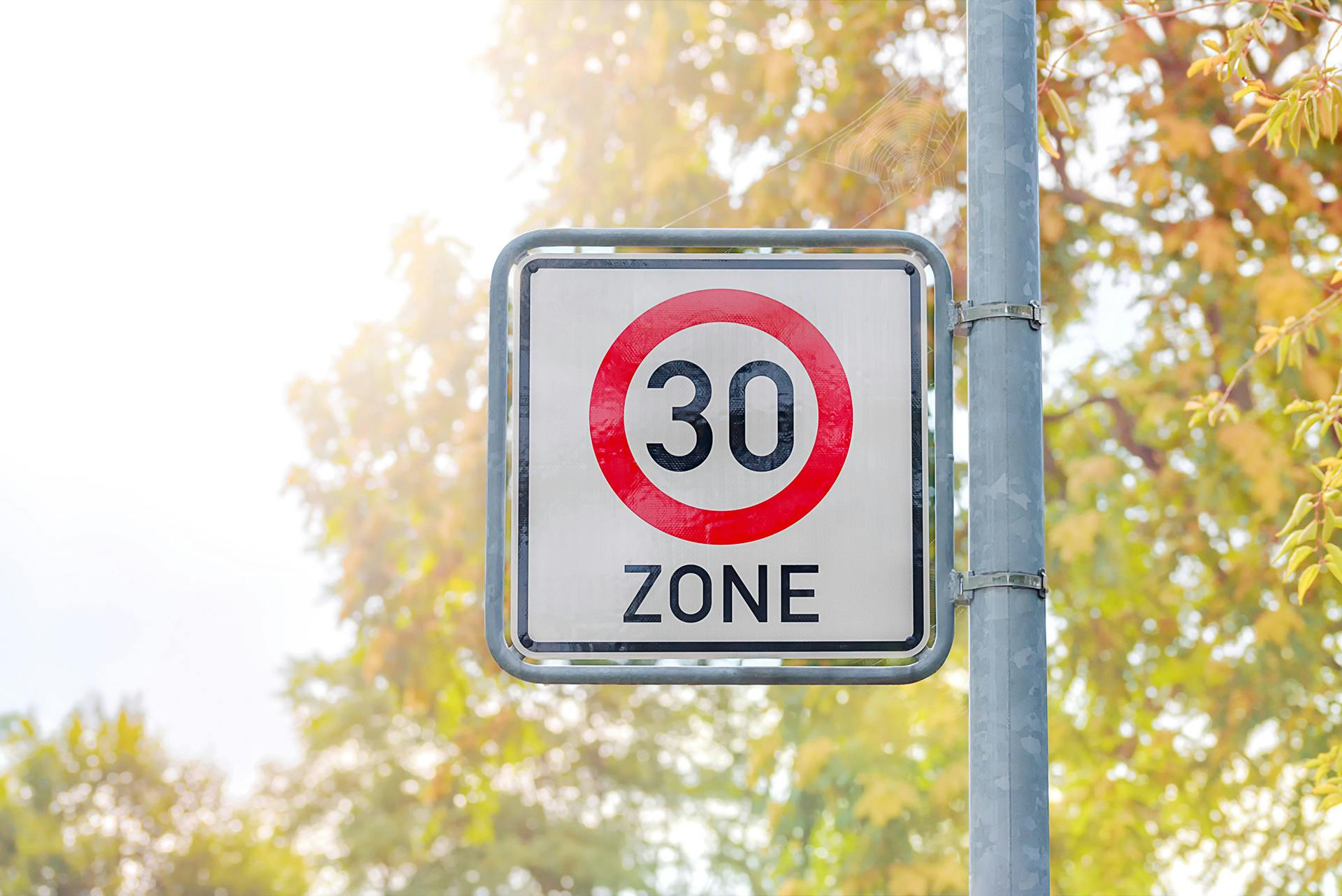What makes a city “livable”? Deciding factors include housing conditions, healthcare, recreational amenities, environmental protection measures and traffic regulations.
Within the transportation sector, we see that an increasing number of cities and municipalities are adopting innovative solutions to improve road safety. They opt for a modern traffic policy that aligns with the shift towards sustainable mobility and fulfills a primary need of citizens: to move quickly and safely.
Essential Factors of Modern Urban Mobility
How do we create an environment where every road user can move quickly and safely? In general, modern mobility concepts should be designed to minimize the use of private motor vehicles and promote active mobility.
This leads to increased micro mobility and consequently, a greater number of vulnerable road users (VRUs), such as pedestrians and cyclists, who are more susceptible to accidents.
The protection of VRUs must be taken into account when implementing modern mobility solutions. Examples include a high number of bike lanes and traffic-calmed zones.
Cutting edge sensor technology can play a pivotal role in enhancing road safety at traffic intersections, which are prone to an increased number of accidents. Research projects are ongoing to investigate this, such as at an intersection in Potsdam, Germany. State-of-the-art sensors are installed to monitor both motorized and non-motorized traffic. The goal is to control pedestrian traffic lights in a way that ensures a safe road crossing.
The most straightforward and effective solution, however, is to reduce the speed limit and establish 30 km/h zones in urban areas
Speed Limit of 30 km/h as a Life-Saving Measure
As of May 2021, the WHO (World Health Organization) recommends a global speed limit of 30 km\h for urban areas.



